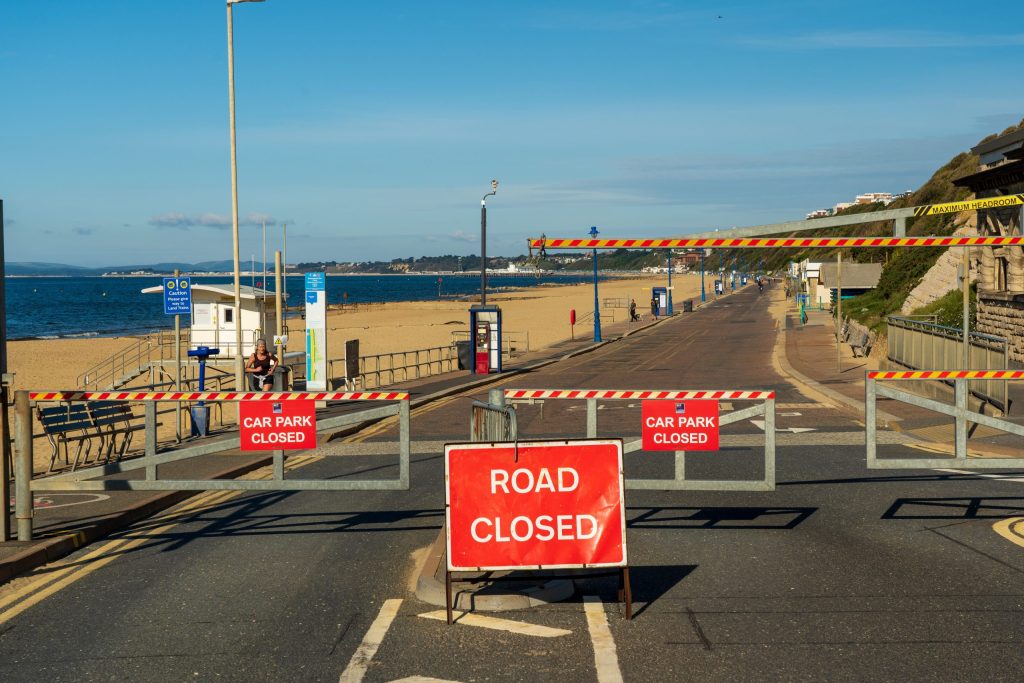
We had completed a series of workshops and meetings with a client to set up a playbook to enable innovation. It was time to bring this new process into the business. The team started to encounter barriers to getting started. We supported them by suggesting that this was itself an exercise of exploration where we could learn quickly and adapt. This reframing was helpful as we made explicit the need, barriers to and principles for safe-to-fail exploration.
The Need for Exploration
When we experience the uncertainty and unpredictability of a complex situation we have to engage with the situation. We need to explore. Probe our environment to learn more of what is possible.
We see exploration as an essential component of both strategy development and enabling innovation. We need to explore our strategic environment to understand opportunities and risk. We have clients where no amount of analysis will tell them which new market they enter will be the most successful. It is only once they step out to explore possibilities that they learn where strategic advantage lies. Exploration helps them make sense of their environment.
To find something new that adds value to customers and the organisation – innovation – we have to explore.
Yet, we find many of the organisations we engage with struggle to explore. Often we see paralysis where people resort to planning and analysis instead. Useful activities in the right context but inadequate when dealing with unpredictable and uncertain environments. So what are some of the barriers we see to exploration?
Barriers to Exploration
The pattern I see in what shows up as barriers to exploration stems from our response to uncertainty. A fear of the failure to come up with a solution or desired outcome. Not knowing the outcome of exploration. The main ways I see this show up relate to time, safety and significance.
– Time
People are too busy for exploration.
It’s often something in addition to an already demanding workload. Carving out time for yourself or getting sign-off from a manager for something without a predetermined outcome is challenging. Underlying this is the fear of wasting time. What if we try something and we don’t find a solution. The nature of exploration puts the efficient use of time at risk.
– Safety
Exploration requires us to go into the unknown. There can be a legitimate fear of unintended consequences. People are unsure whether it is safe for the business or their own career to try something new. Especially if it fails to produce a solution.
– Significance
Due to the uncertainty we have to start small with exploration. There can be dissonance between the meaning we get from contributing to a big challenge and starting small. It feels insignificant when we want to be part of a big change or project. There is a fear of never achieving something significant. I remember working with a group on a meaningful purpose for their work. That was exciting and inspiring. The energy left the room when we started talking about the small steps we needed to take in that direction!
We need to deal with how the fear of failure creates a barrier. Courage is important. Yet, we can’t make people courageous.
What we need is a safe-to-fail process. Making the possibility of failure explicit upfront. Then having a process to monitor and mitigate it quickly.
Let’s take a look at some of the principles of safe-to-fail exploration. Often we’ll use exploration and experimentation interchangeably). We will focus on three, there are more.

Principles of Safe-to-Fail
What we see working with our clients is a shift in thinking. That doesn’t happen sitting in a dark room. It happens as they act according to some useful principles. Principles that make their activity safe-to-fail.
1. The purpose is learning, not finding a solution
I’m not talking about learning for the sake of it. We must decide what we want to learn about. There must be a connection to the strategic direction of the organisation. It’s usually a challenge that keeps popping up and
where there are differing views on what could work.
affordable loss
A focus on learning means we shift our thinking from a return on investment to an affordable loss paradigm. From “we need a solution” to “what can we afford to lose in the pursuit of learning more about this situation”. Of course we hope the learning will lead to a solution. It may not but, either way, we will have a better understanding of what is or isn’t possible in our situation.
We usually make the safe-to-fail action time bound and inexpensive. This makes the potential loss affordable and overcomes the barrier of time.
2. Make it safe
We must be clear on what is unsafe. If our action fails, can we recover from that failure? If not, we make the action smaller or try something else.
We use the diverse range of perspectives of a group to identify possible signs of failure. We then ensure we can monitor for those signs of failure and mitigate the failure as we see it. Have an exit strategy.
This means we can move forward despite objections in the group. We turn the objections into possible signs of failure, not show stoppers. We give people a feeling of safety that there is a process to avoid unrecoverable failure.
We also consider the expected signs of success and ways we can amplify that success when we see it.
3. Run multiple experiments in parallel
Due to time constraints, we often see clients wanting to run experiments sequentially. Running multiple experiments at the same time produces more learning and speeds up the rate of learning. We can contrast experiences to get a bigger picture.
Parallel experiments also help to overcome the significance barrier. We have a portfolio of experiments to explore different areas. This feels more significant than running one or two small experiments at a time.
I do want to counter this by saying a couple of small experiments in sequence is still better than no exploration at all!
Do You Want Help to Explore?
Are you seeing the barriers to exploration showing up in your organisation? Do you encounter situations where you need to try some things to learn what is possible?
AGLX is an adaptive strategy consultancy that helps organisations overcome the barriers to exploration and enables innovation through designing and managing portfolios of safe-to-fail experiments.
We work with the leaders of organisations who are looking for fresh thinking and want to challenge the status quo.
Get in touch with us for a confidential discussion about how we can support you with safe-to-fail exploration.
Photo by Nick Fewings on Unsplash
pexels-kindel-media-8327034




